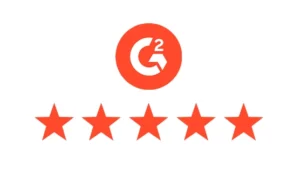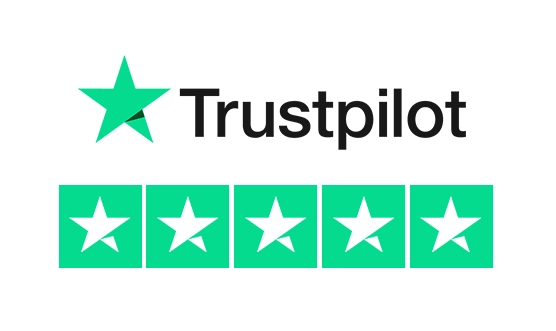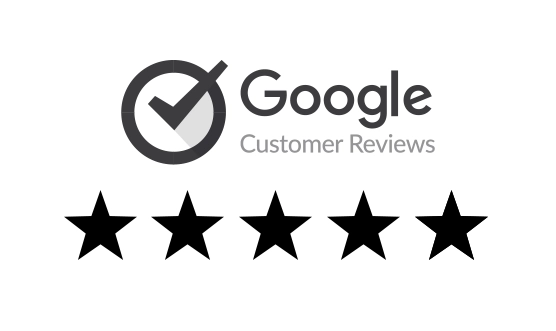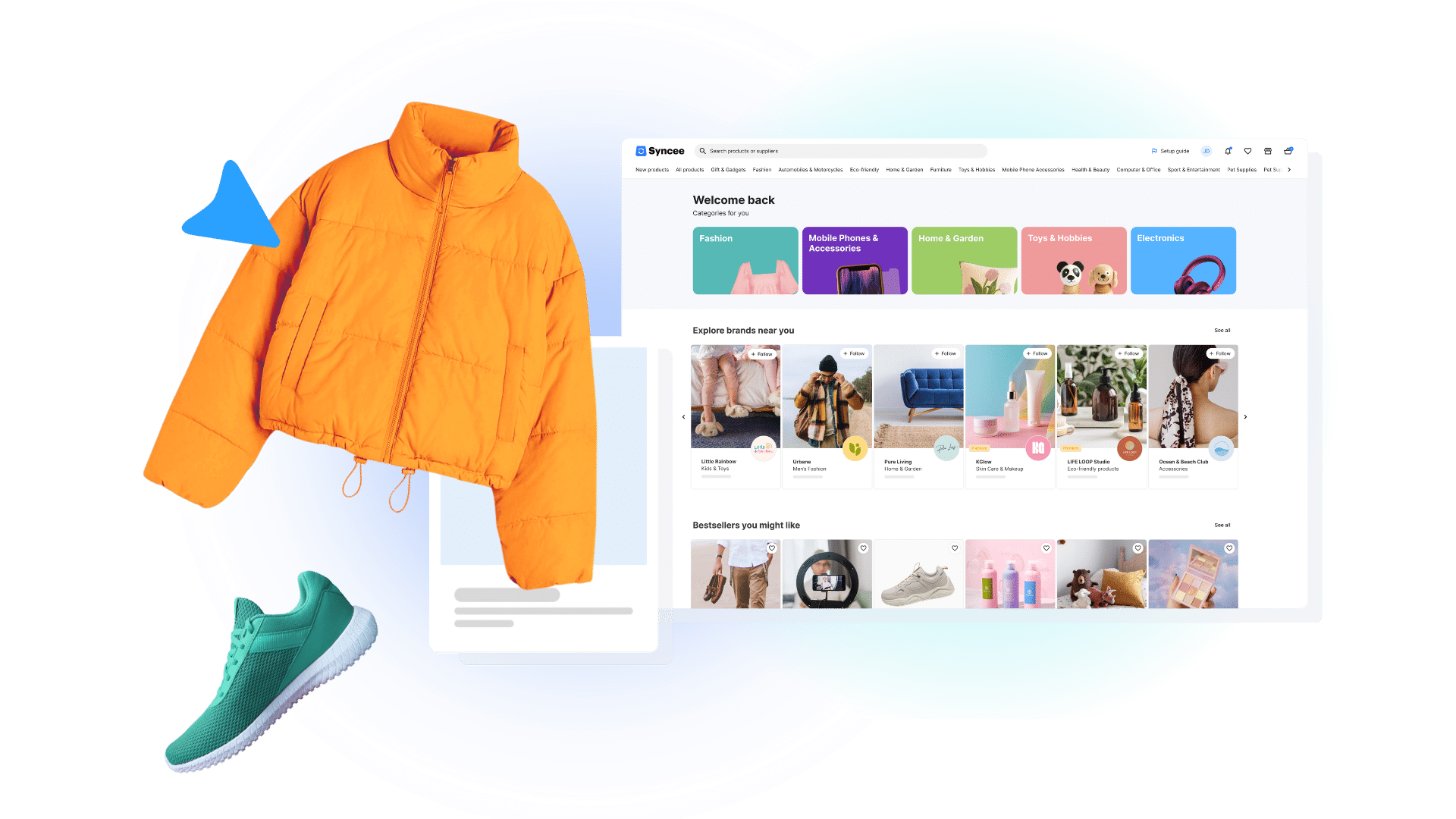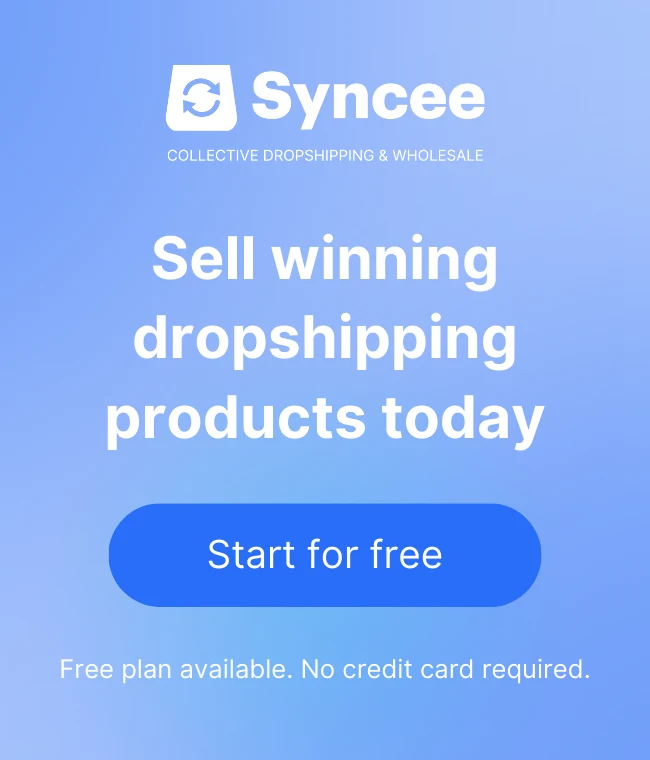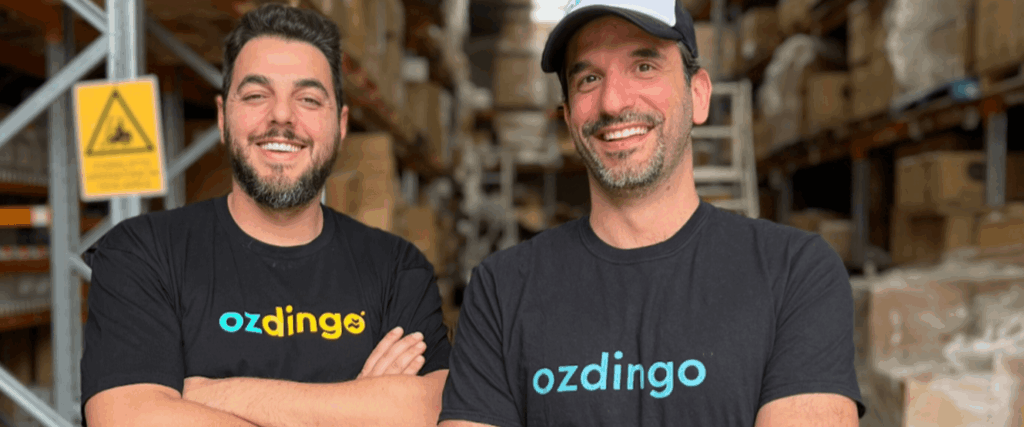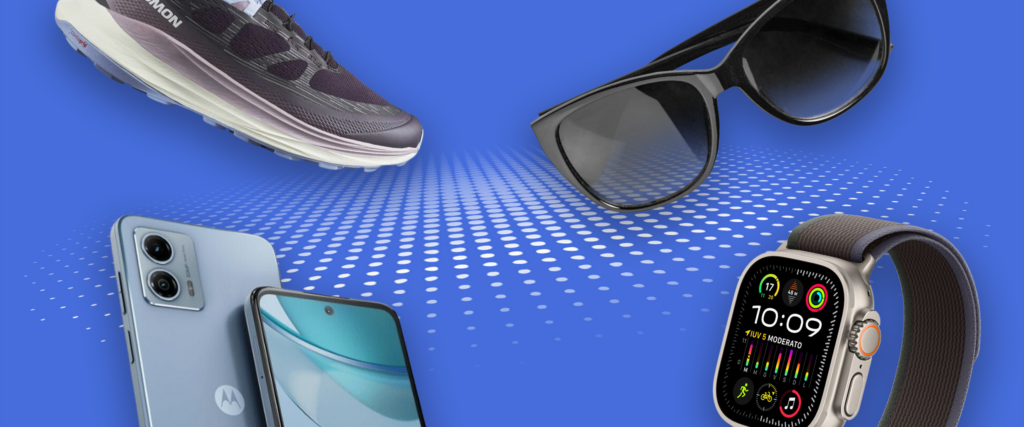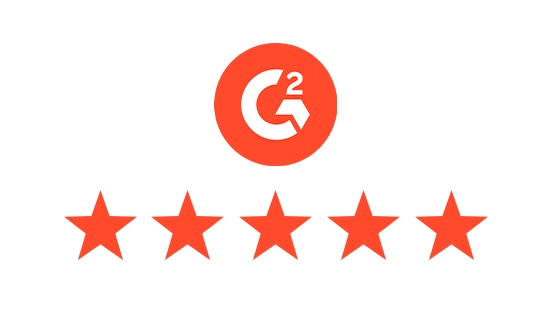There’s nothing as motivational as reading someone’s success story. A person’s who started his business from the step of the ladder you are standing on too at this moment. This interview is really close to us: read the career story of Syncee’s CEO, Akos Gulyas.
We could summarize the e-commerce guru’s words like only continuous learning and hard work can lead you to success. Moreover, it’s good to note that kickstarting an online store can be a child’s play with today’s technological solutions.
This interview was originally published on a Hungarian site and then has been translated so that those who speak English can also read this success story and get inspiration from it. Let’s dive in!
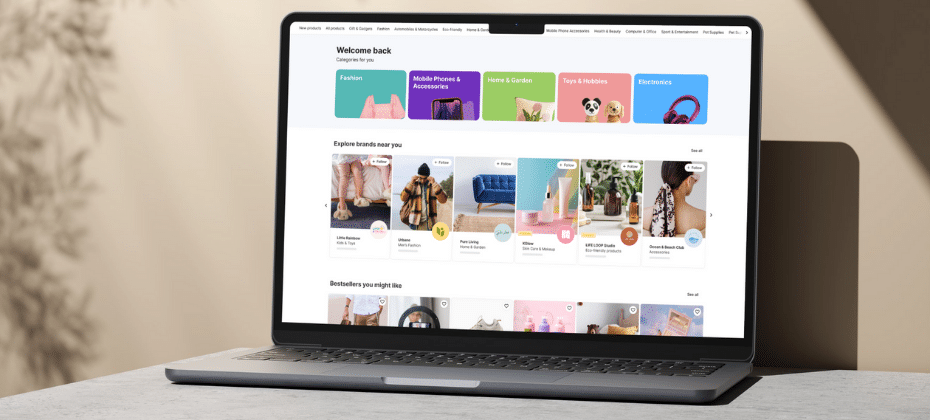
If I know right, you are from Debrecen. Because of this, you could have been established a band, but you started to work in the world of commerce. (Debrecen city is famous for its bands)
It is true that I live in Debrecen but to be honest, I was born in Szeghalom, and I grew up there.
How did you encounter with commerce?
It was a determined thing as also my great-grandparents were traders in Szeghalom, my great-grandmother had a gentry hat salon, while my great-grandfather was known as a florist. My parents have continued this tradition so I was born into this world. When I was a child, I was totally sure that when I grow up, I will be an entrepreneur.
How did you connect this with technology? You didn’t open a grocery store.
My father was the leader of the amateur local radio club. He also kept trainings too and I was always with him on these courses. The first computers — the Commodore series — were there too; at these trainings the devices were connected through radio waves.. so it was a lucky encounter. Information Technology has been always so close to my heart, I studied this at school and I also got to know a lot of useful techniques in an autodidactic way.
What is your degree?
I am an agricultural engineer, this is how I got to Debrecen, to the university. I also studied at the Faculty of Law, but in the end, I didn’t finish it because of the business. It was the time when I jumped into the world of commerce.

Photo by: Mónika Deczki
What was your first business?
After a quick bypass, I started my way at telecommunication, we were the reseller partners of the Pannon company. I founded my own company at the beginning of the 2000’s, we ran Pannon and then Telenor stores in the eastern part of Hungary. (Pannon is a telecommunications company has later been bought by Telenor)
How did Syncee start?
As the market of telecommunication started to grow, the penetration also did, and I couldn’t stop thinking about that it’s time to start something new. After working with phones, I started to sell notebooks and GPS devices, and in this way, I was able to get into the international market before the crisis in 2008. I sold products from a store that was in the center of Debrecen — to Japan and Australia too. It was already e-commerce, global selling. However, the crisis swept the market away, and Apple changed it, so I got back to the Hungarian market. I had to stand in the row, be one in a million among the other online stores that were traditionally selling products from the inventory of great IT distributors’ in the country. Nevertheless, there was a serious problem we had to deal with, it was the importing and managing of the data. We cooperated with half a dozen distributors, and there was a time when we hired 10 or 15 student workers to do the manual management of the product inventory and data. In 2009, we started to think about a solution that can help us to automate this process; the development started at our company that targeted the automatization of the data files. A few years later a pretty good startup life rose up in Debrecen too, and as online commerce was already cumbersome because of the Chinese and other marketplaces, I thought that it’s time to change what we are focusing on. I do not want us to sell products anymore, but enter the global market with a service that hasn’t — or barely — existed before. We were constantly working on data automation, and the system was constantly about to make better and better service. The software itself prompted a lot of interest in a short time, and an investment offer came almost immediately that made us think and develop more on the tool. In 2016 we were able to launch an acceptable version of our service.
What can we know about this? To what extent does this overlap with the current software?
We were working on the six most popular e-commerce platform, however, we soon realized that we can’t pay enough attention to each direction. We couldn’t serve all of these platforms and versions. At the beginning of 2017, we threw everything away and got our focus on only one.
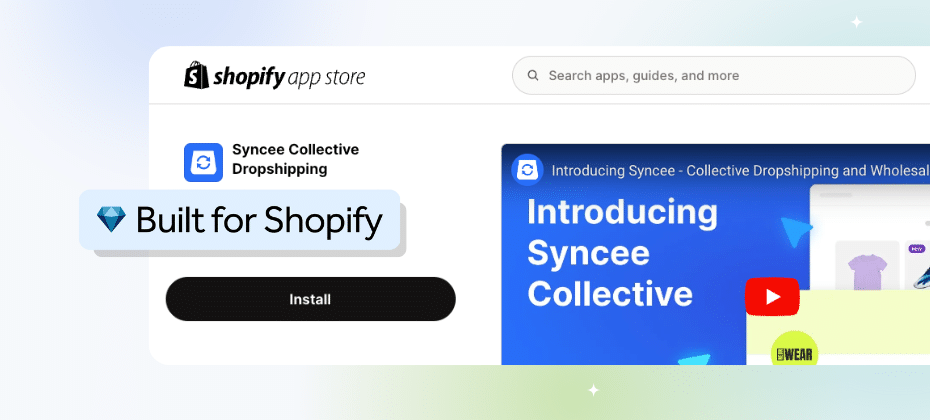
This is how you stayed with Shopify.
The most popular, most stable cloud-based system where you can find the most customers who are able to pay. We can expect a big boom, blooming in the near future.
So was it a good decision?
In this way, we only have to focus on one platform, and it’s easier to manage our resources. Besides this, we are justified by the market itself too: there is a continuous migration from other platforms to Shopify. A lot of our clients, national and foreign, followed us and became users of Shopify and Syncee.
How does Syncee work?
When someone wants to open an online store — but it can be relevant when it comes to offline shops too —, the first question is always that how much does it cost, how much capital does it need. We need products too, and in this process, one of the biggest investments is the funding of the inventory. I also experienced this in the past, as I couldn’t buy the whole inventory of my supplier, but the companies were able to give me those in data format. This is what Syncee helps you with, as it can show and synchronize the inventory of the suppliers that the retailer doesn’t even own physically. In this way, the trader can open an online store without investing any amount of money in products. They don’t have to take risks.
It sounds great, but how much does it cost? Would I be able to finance it?
With a plan that costs $19, Syncee can upload 500 products into your online store and it does the categorization, the pricing automatically so as uploading images to the items. Besides these, it updates your inventory daily and checks the changes in the prices. Practically, it automates every process around product management; it would be a never-ending story doing this manually.
I consider you would have been really grateful for an application like this 10-15 years ago…
Yes, exactly, and I think I am not the only one.
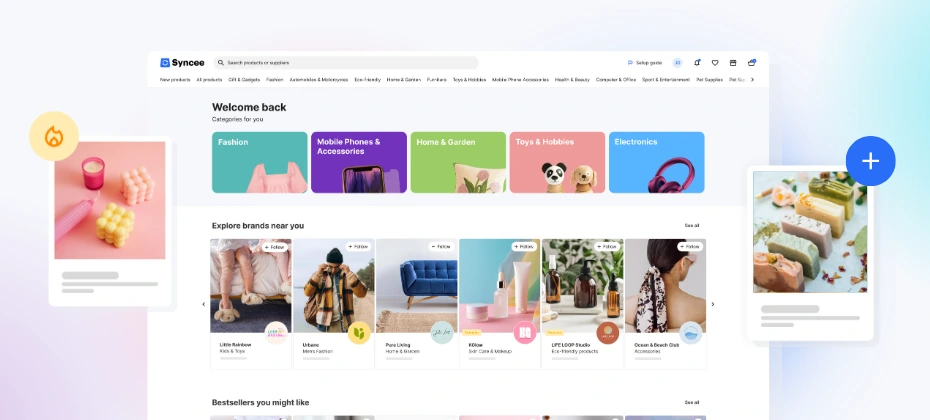
At one of our previous conversations, you said that people can easily open an online store from their living room. Do you still state the same?
Yes, of course.
However, so that you can do it, you have to know everything about pricing, and you need to know the tweaks of online marketing.
After kickstarting the business, the second most important thing is the online marketing, indeed, without it, you can’t flourish.
What competencies are needed to be successful in running an e-commerce business?
In my opinion, it’s not really about competencies, because you can get them later too, there are a lot of amazing and helpful courses and content you can access online, for free or for just a few dollars, that you haven’t seen before. What the most important, in my point of view, is being persistent. Unfortunately, nowadays, one of the biggest problems is that online store owners give up quickly, they are not persistent and determined enough.
Do they want success and money immediately?
Yes, and when they encounter any issue, they stop running their business because the following thought pops up in their mind: an online store is like a slot machine, it works by itself and pours money out of itself without stopping. Yes, it’s true that you can automate many processes. However, you have to work as persistent in the online world as you do in the offline. You have to learn and evolve from time to time, success will only come at that time. So what I miss from the entrepreneurs who just start their business, is being dogged; this is why we want to give motivation to all of these people on our blog.
After all, it worth working. Look where Jeff Bezos came from…
Yes, you are right.

Photo by: Mónika Deczki
Nevertheless, your business turned into a really flourishing one. Now someone is interested in Syncee, the system of it. Shall we know something about this?
We released an in-app service this year called the Syncee Supplier Exchange (SSE). In this directory, when retailers access it, they can see the listed suppliers’ products. We gather data globally, at this time we have more than 100 suppliers’ product data available in our system. As the other important and frequent question is that “what should I sell and where to get it from” when someone is about to open an online store, our aim is to connect the retailers and the suppliers directly. The SSE lists the suppliers and their data by continents and by countries, and the retailers can contact them with just a few clicks, and they can also import their products easily into their own online Shopify store. With this service, we shortened the process of getting in touch with each other — as for the trader and the supplier —, and we eased the administrations too. It’s also important that instead of the standard, classic form of the drop shipping, we prefer when people are working with local suppliers, we strive to create the situation where they can find their wholesaler, drop shipper in their continent. Moreover, the evolving trade war between the US and China slows down the shipping and sets significant taxes on import products, and in this way, a market niche has opened for the SSE as it’s easier for the local retailers and the suppliers to contact. An American company who works in the American procurement got to know our service and they like it so much. They value our business model and they want to use our system in the American e-procurement. It is a big challenge for us: in this special market, we are going to synchronize, manage and keep up-to-date more than one million suppliers’ data.
Back to Jeff Bezos and the Amazon: hasn’t that company grown too big? What effect does this huge monopolization have on commerce?
Nowadays, a trader can only stand out if their business is unique and consumers realize it; this is the only way to have a place in the competition. It wasn’t long ago when I read that besides Amazon, eBay and Walmart, Shopify will be the fourth to laugh. A lot of retailers — even for decades —, works anonymously on these huge marketplaces while the competition gets bigger and bigger, and because of being invisible, they don’t have their own brand. However, Shopify gives a chance for these small businesses so that people can get to know and recognize their brand. Many traders quit the big marketplaces and open their own business. That’s why it’s not surprising that, as for the gossips, any of the “big ones” would want to buy Shopify.
Can the time come when the volume of purchasing online will be that huge at the traditional one’s expense that the latter will totally disappear?
In my consideration, a mixture will evolve. Online elements will appear in the offline market, and it would be the same in reverse. Shopify is already trying to develop something like this when the online inventory can be available for people in offline stores. However, I still think that in the long run, everything will move in the direction of the online world. The offline will exist only for the services and the catering industry.
Moreover, people like to touch the shoes or the refrigerator they want to get before giving money for the products, that’s why the omnichannel model spreads.
I agree with you, that is the reason why I say, hybrid solutions will pop up. People will pay with their mobile phone, but they will actually get the products from physical stores. By the way, the virtual reality can open new shores in the commerce too. We can expect the mixed form of the real and the virtual world.
Original Source: DigitalHungary.hu / Interviewer: Roland Lippai / Translated by: Barbara Racz



